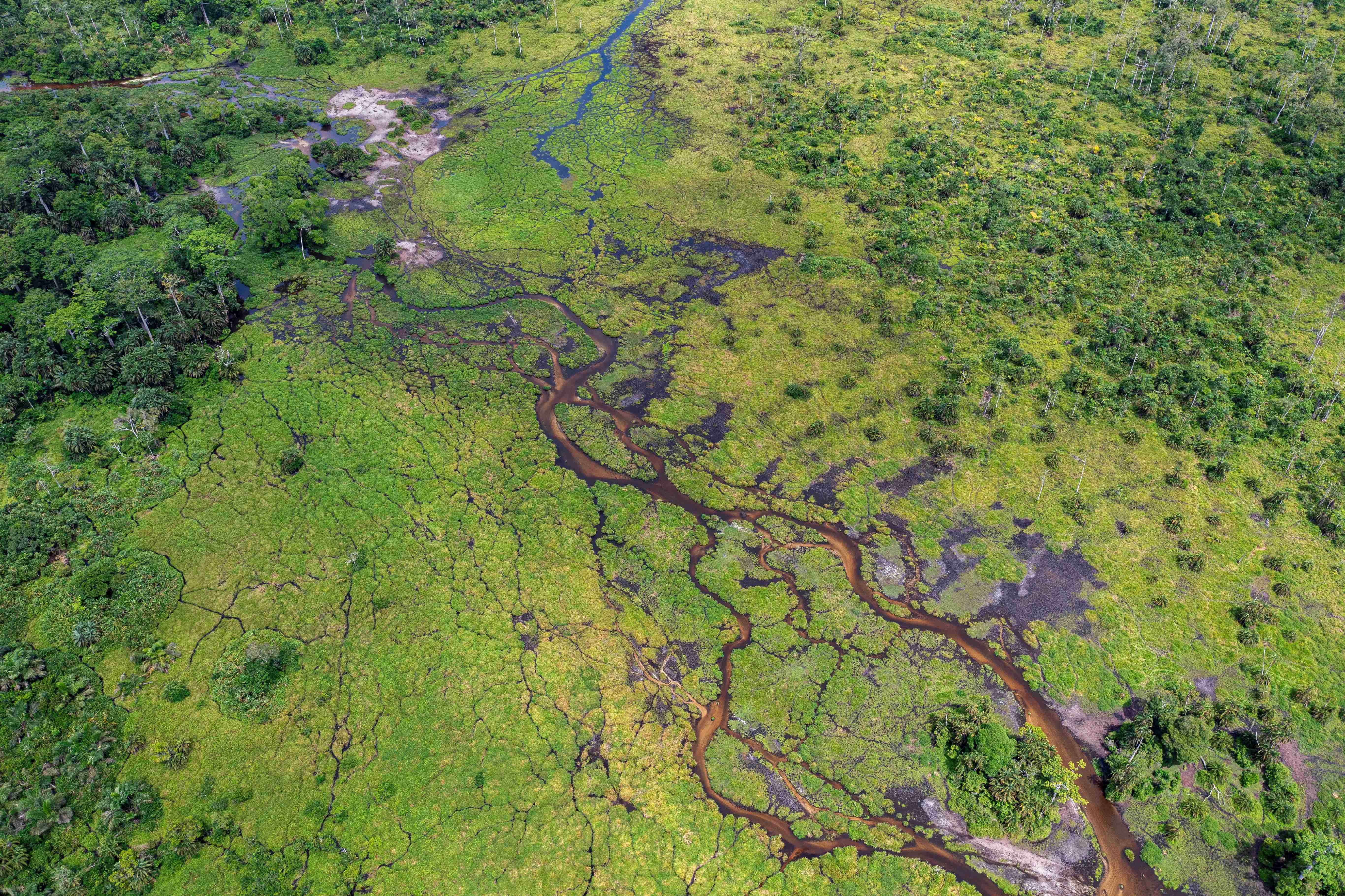Challenge
How can a country encourage the move to sustainable finance?
As the impacts of global social and environmental challenges unfold, there is a pressing need to build more sustainable economies. There is also increased understanding worldwide of the financial sector's role in financing innovative technologies and solutions that support the transition to sustainable, inclusive, and low carbon economies. However, how can financial institutions confidently define new categories of investments and loans that achieve meaningful environmental (‘green’), social and climate-friendly outcomes and impacts?
With the rise in demand for sustainable debt since the world’s first green bond issuance in 2007, financial sector regulators have been stepping in to encourage the market and ensure credibility. South Africa’s National Treasury established a public-private working group on sustainable finance in 2017 and published its technical paper — Financing a Sustainable Economy — in 2021. In the paper, the National Treasury expressed the need for clear definitions and guidelines consistent with international developments to provide financial players certainty of what are deemed credible green, social and sustainable investments, enable effective monitoring and disclosure of performance, and reduce the costs of competing definitions within the market.
With this in mind, the National Treasury and a taxonomy working group comprising financial sector stakeholders, with support from IFC, the Carbon Trust, and the National Business Initiative (NBI) as technical partners, set out to create a national green finance taxonomy as a first step. Through this, the National Treasury hoped to accelerate South Africa’s just transition to a sustainable and inclusive low carbon economy, prevent greenwashing, and address the country's needs while attracting international sustainable investments.









